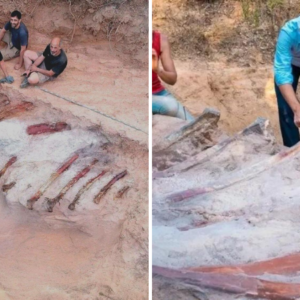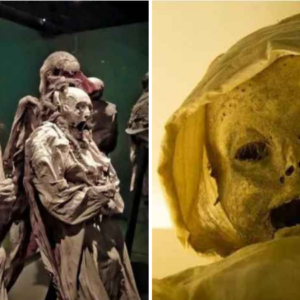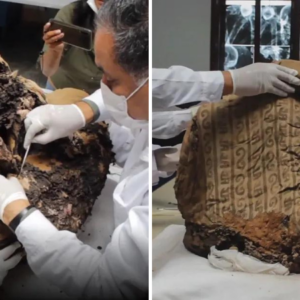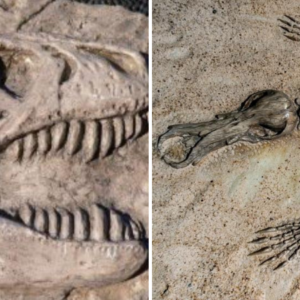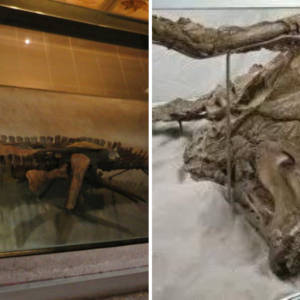
Using modern scanning techniques, experts at the British Museum have concluded that Ginger, one of the museum’s most popular Egyptian mummies, died a violent death around 5,500 years ago.

An Egyptian mummy that has intrigued visitors to the British Museum for more than a century is the subject of a “virtual autopsy” where amateur pathologists can explore his life and what led to his death.
Visitors to the museum will be able to discover the long-held secrets of the Gebelein man using a virtual autopsy table, created using high resolution CT scans and X-rays. This allow visitors to look inside his body and learn about the mummy, known as Ginger, in ways never before possible.
Forensic experts who have already studied the scans believe he was almost certainly the victim of a violent killing, based on wound near his left shouderblade.

Experts believe that a lack of defensive wounds suggest that Ginger was the victim of a surprise attack in peacetime.
They believe he was a young man – between 18 and 20 – when he was killed, and was athletic.
Ginger, who was buried in around 3500 BC, is one of the best preserved individuals we have from ancient Egypt.
He was found in around 1896 in Gebelein, Upper Egypt, placed in a crouched position in a shallow pit. Direct contact with the H๏τ, dry sand naturally mummified his body.

Since he first went on display in the early he has become one of the museum’s most popular exhibits.
This year, British Museum curators collaborated with scientists and medical experts to perform a CT scan of the mummy.
This interactive exhibit is based on medical visualisation technology.
